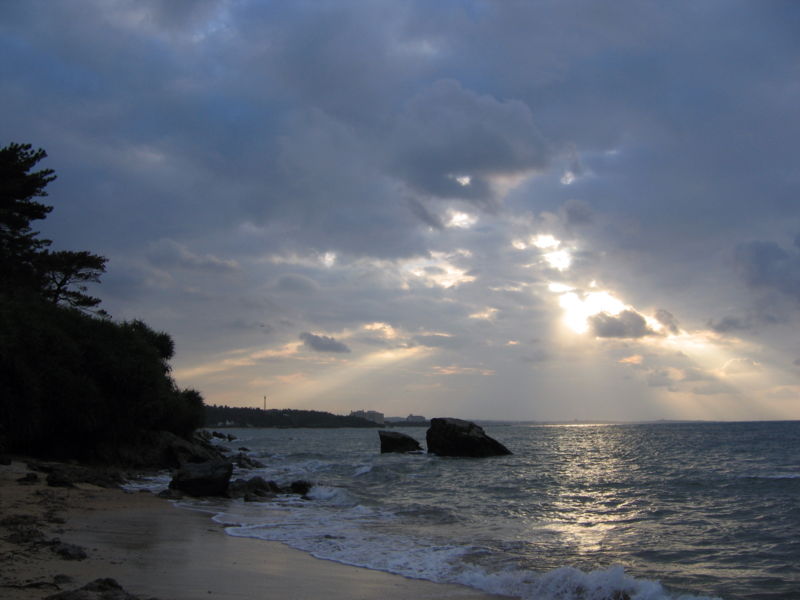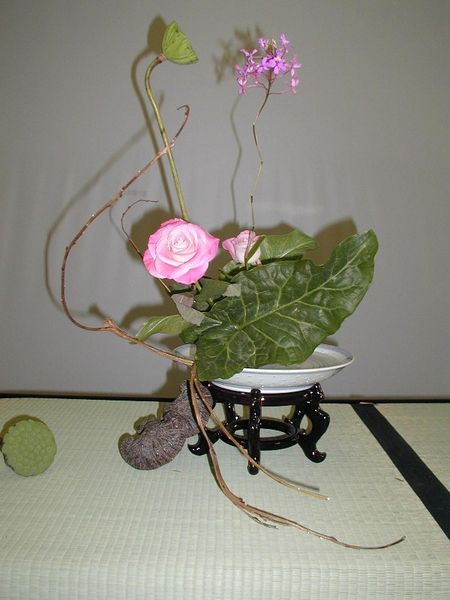
What is it like in Okinawa?
| |
| Home |
| Current News |
| Island of Okinawa |
| Isaiah's Corner |
| Picture Gallery |
こんにちは Konnichiwa (Hello) |
Okinawa Island (沖縄本島 Okinawa-hontō,or 沖縄島Okinawa-jima) is the largest of the Ryukyu Islands, and is home to Naha, the capital of Okinawa Prefecture. The island has an area of 1,201.03 square kilometers (463.7 square miles). During the American occupation of Japan, following the Imperial Japanese surrender after WW II, the United States controlled Okinawa Island, which remained under U.S. governance until June 17, 1972. Since then, United States Armed Forces personnel and Kadena Air Base have remained on Okinawa Island by invitation of the Japanese government as part of the Treaty of Mutual Cooperation and Security between the United States and Japan. In 1990, the total population of Okinawa Island was an estimated 1.22 million people, comprising Ryūkyūans(especially native Okinawans), Japanese people, and expatriates, as well as American military personnel and their families. Whereas northern Okinawa Island is largely unpopulated, the south is markedly urbanized—particularly the city of Naha, and the urban corridor stretching north from there to the city of Okinawa. The island also houses six qusuku, Okinawan fortresses most of which now lie in a state of ruin. The southern end of the island consists of uplifted coral reef, whereas the northern half has proportionally more igneous rock. The easily eroded limestone of the south has many caves, the most famous of which is Gyokusendō in Nanjō. An 850 m stretch is open to tourists. The island's subtropical climate supports a dense northern forest and a rainy season occurring in late spring. Okinawans eat low-fat, low-salt foods, such as fish, tofu, and seaweed. Okinawans are known for their longevity. Five times as many Okinawans live to be 100 than the rest of Japan, and the Japanese are the longest lived nationality in the world. (Information courtesy of Wikipedia.com) |
